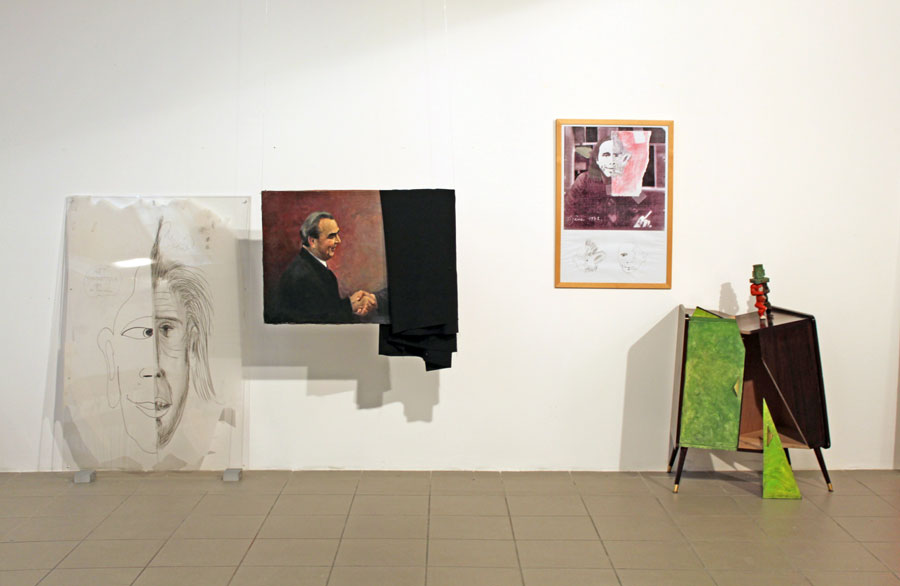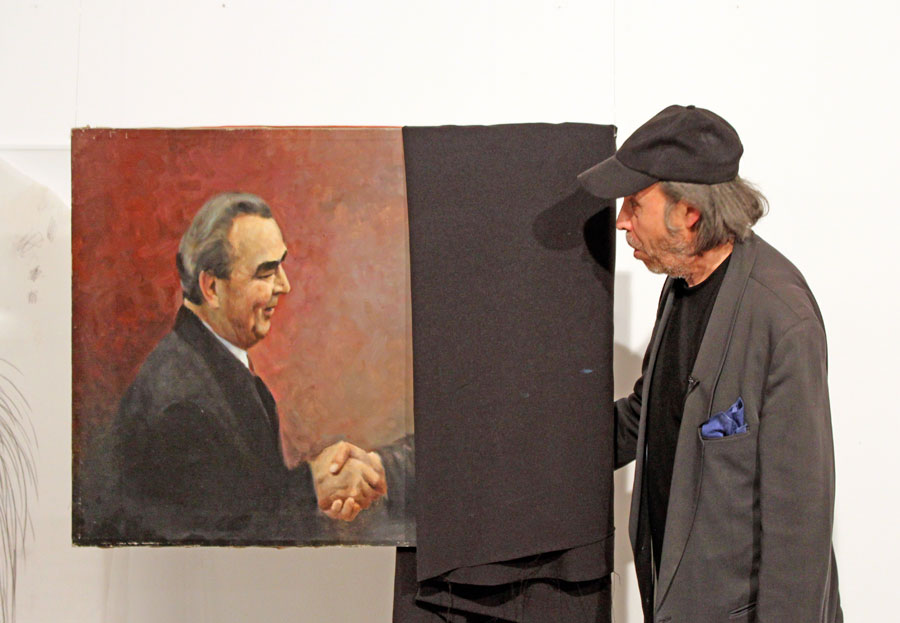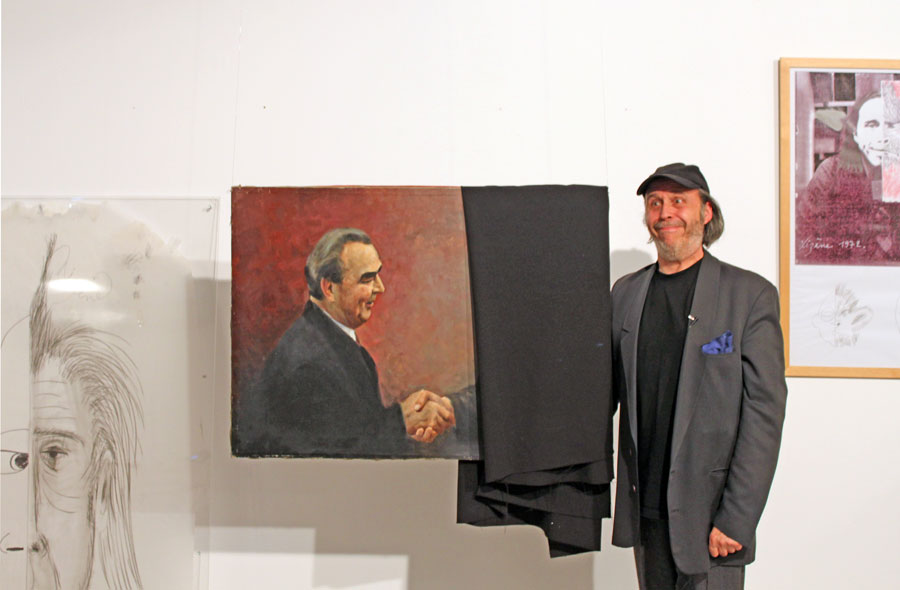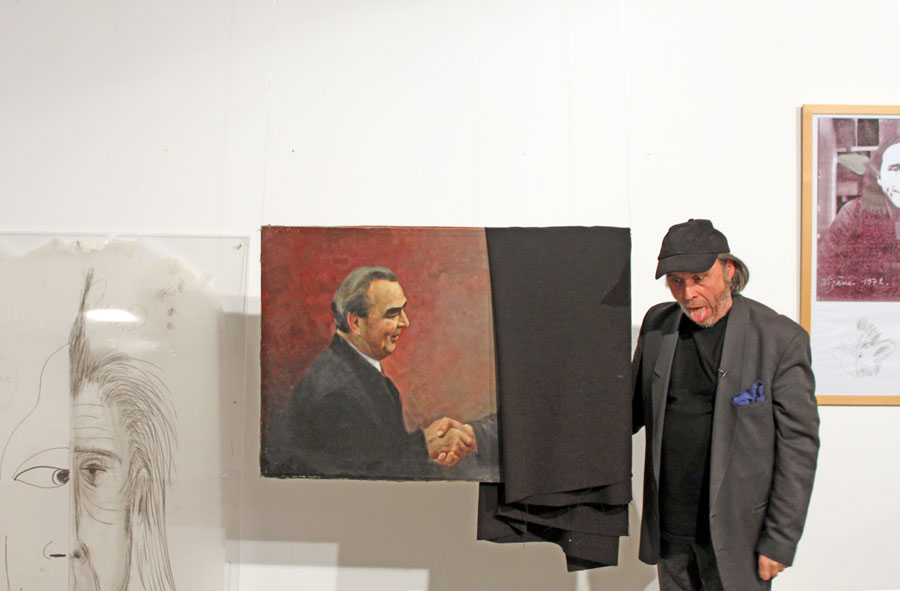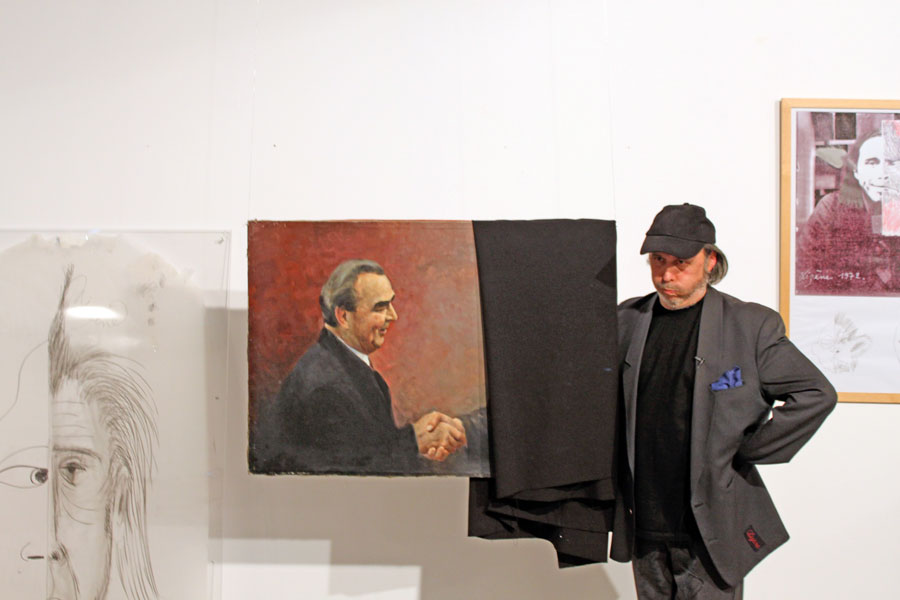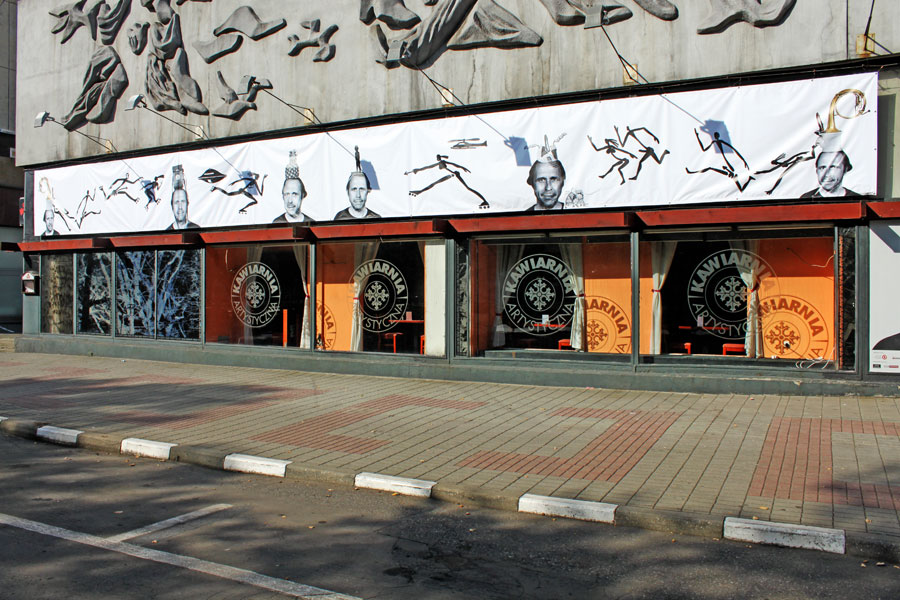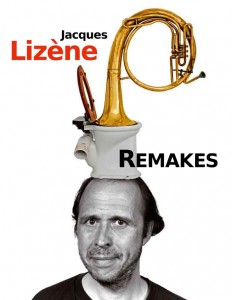Jacques Charlier
– Hornu (B), Je suis seul avec vous, Musée des Arts contemporains du Grand-Hornu, jusqu’au 2 octobre 2011
Leo Copers
– Maastricht (Nl), « Out of Storage », œuvres de la collection du FRAC Nord Pas de Calais, Timmerfabriek, jusqu’au 18 décembre 2011.
Honoré d’O
– Antwerpen (B), Cinq siècles d’images à Anvers, exposition inaugurale du Museum aan Stroom, 12 mai – 31 déc. 2012
– Tarbes (F) Le Parvis
– Moscou (Ru), Impossible Community, Moscow Museum of Modern Art, 8 septembre – 6 novembre 2011
Suchan Kinoshita
– Mons (B), Le modèle a bougé, BAM, musée des Beaux Arts de Mons, du septembre 2011 – 5 février 2012.- Moscou (Ru), Impossible Community, Moscow Museum of Modern Art, 8 septembre – 6 novembre 2011
Aglaia Konrad
– Dubaï (Emirats arabes), Sahara Surreal, The Empty Quarter, fine art photogrraphy, du 30 août au 14 octobre 2011.
– Ludwigshafen (D), the eyes is a lonely hunter : images of humankind, 4e Foto Festival Manheim – Ludwigshafen -Heidelberg, 10 septembre – 6 novembre 2011.
– Firenze (I), Monolith Life, 30 septembre – 4 novembre, Villa Romana (solo)
Jacques Lizène
– Antwerpen (B), Cinq siècles d’images à Anvers, exposition inaugurale du Museum aan Stroom, 12 mai – 31 décembre 2012.
– Bruxelles (B), Culture Relaxative, Atelier 340, jusqu’au 30 octobre 2011.
– Liège, (B), Ubu sous la dalle, 10e anniversaire de l’occultation du T.S. André Blavier (1922-2001 vulg.) Exposition iconoclaste, artistique et littéraire, Archéoforum, 10 juin-27 septembre 2011.
– Turnhout (B), A paper trail, werken op papier, De Warande, du 10 septembre au 16 octobre.
– Katowice (P), Jacques Lizène, Remakes, BWA Galeria Sztuki Wspó?czesnej, Contemporary Art Gallery in Katowice, 23 septembre /29 novembre (solo + publication)
– Paris (F), Jacques Lizène, Désastre jubilatoire, Passage de Retz, du 15 octobre au 27 novembre 2011
Capitaine Lonchamps
– Bruxelles (B), Culture Relaxative, Atelier 340, jusqu’au 30 octobre 2011.
– Turnhout (B), A paper trail, werken op papier, De Warande, du 10 septembre au 16 octobre.
Emilio Lopez Menchero
– Bruxelles (B), Culture Relaxative, Atelier 340, jusqu’au 30 octobre 2011.
– Sélestat (F), Biennale d’Art contemporain, divers lieux, 24 septembre – 30 octobre 2011
– Liège (B), Chantiers de l’Utopie, Les Brasseurs, 7 septembre – 8 octobre 2011
Benjamin Monti
– Turnhout (B), A paper trail, werken op papier, De Warande, du 10 septembre au 16 octobre.
– Liège (B), Prix Georges Collignon, MAMAC Liège, 23 septembre – 30 octobre 2011
Walter Swennen
– Antwerpen, Cinq siècles d’images à Anvers, exposition inaugurale du Museum aan Stroom, 12 mai – 31 dec 2012
Marie Zolamian
– Châteauneuf en Auxois (F), A corps perdu, une exposition du FRAC Bourgogne, commissaire invitée : Vanessa Desclaux, jusqu’au 11 septembre 2011.
– Liège (B), Prix Georges Collignon, MAMAC Liège, 23 septembre – 30 octobre 2011
– Antwerpen (B), NowBelgiumNow, LLS387, ruimte voor aktuele Kunst, 8 octobre – fin novembre.
